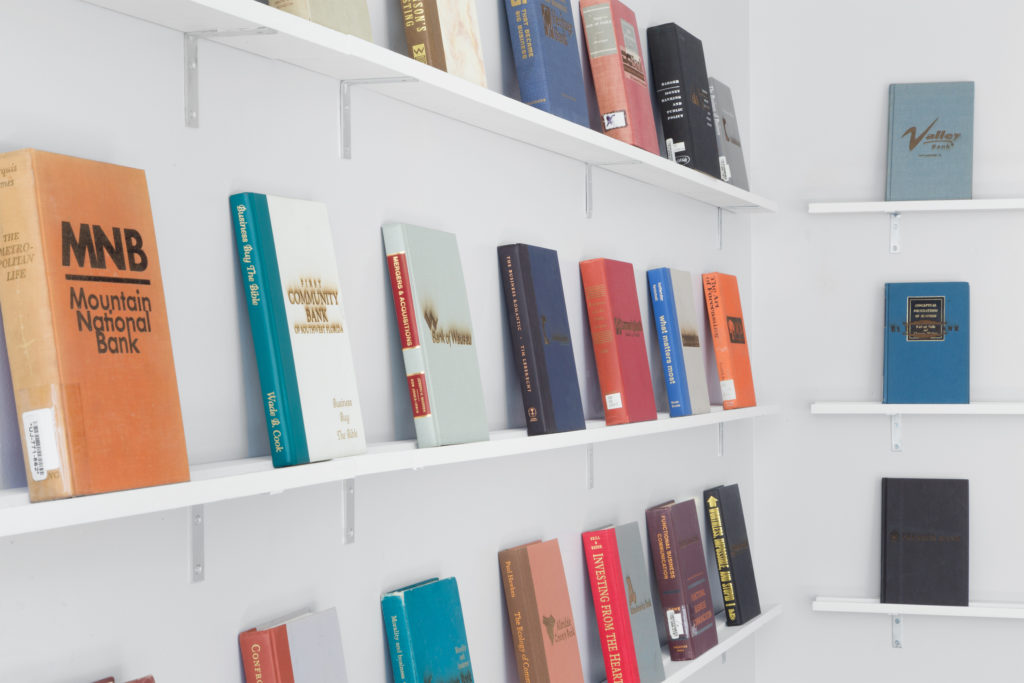“20 Artists for the Trump Era”
Artsy Editorial | Jan 19th, 2017
Donald Trump assuming the office of the United States Presidency today is an event few on either side of the political aisle saw coming a few months ago. And so, as many think about the four years after Inauguration Day and ask what is to be done and what comes next, a natural step is to look around and ask, what country do we live in? Many artists are engaging with social practice and other forms of activism that both challenge positions Trump has taken and actively work to craft a better world. Some artists are striking on Inauguration Day as part of the #J20 art action or protesting on the 21st for the Women’s March on Washington (or both). Their efforts will certainly not stop thereafter. But along with being participants in these concrete actions, artists are nothing if not relentless chroniclers and analyzers of the world around us. Much ink has been spilled over the ability of artists to make change, but what is beyond doubt is their ability to help us see.
Grappling with the 45th President and the questions his election raises requires this kind of fundamental reckoning with what the United States actually is and how it came to be this way. Artists provide an indispensable picture: from immigration, to systems of racism, to a declining rust belt, to an expanded surveillance state. Some of what they picture would exist no matter who were taking the oath of office. Below is something of a reading list—admittedly incomplete if only because it is infinite and ever-expanding—of the artists showing us this country and the greater context of the world it exists within. But being moved emotionally is not the same thing as making change. So as we look at their work one hopes it will inspire action to shape a better future.
…
Michael Mandiberg
 Installation view of Michael Mandiberg, “FDIC Insured” at Denny Gallery, 2016.
Installation view of Michael Mandiberg, “FDIC Insured” at Denny Gallery, 2016.
For some parts of the country, the 2008 financial crisis feels like a distant bad dream. But large portions of the United States still have not yet fully recovered. For his exhibition “FDIC Insured,” Mandiberg created something like a graveyard for all the banks that went belly up as the recession hit. During this time, although the failure of major companies like Lehman Brothers gripped headlines, many small-town, local financial institutions were the hardest hit. Mandiberg began collecting their names and logos, eventually laser printing them onto hardcover financial books he bought at New York’s Strand bookstore. Displaying them together creates, as the artist said, “not a memorial for these banks but a memorial for [the crash’s] impact upon so many people.”
